Vinyl siding and brick combinations offer homeowners a versatile, cost-effective way to elevate curb appeal while ensuring durability and low maintenance. By blending the timeless charm of brick with the adaptability of vinyl siding, you can achieve a balanced exterior aesthetic that complements a variety of architectural styles. Thoughtful color pairing and strategic placement of materials allow for both subtle harmony and striking contrast. Additionally, considering climate and regional influences helps maximize longevity. Throughout this guide, you’ll explore 20 distinct combination ideas—from classic red brick with crisp white siding to bold modern contrasts—each designed to inspire your next exterior makeover.
1. The Appeal of Combining Vinyl Siding and Brick
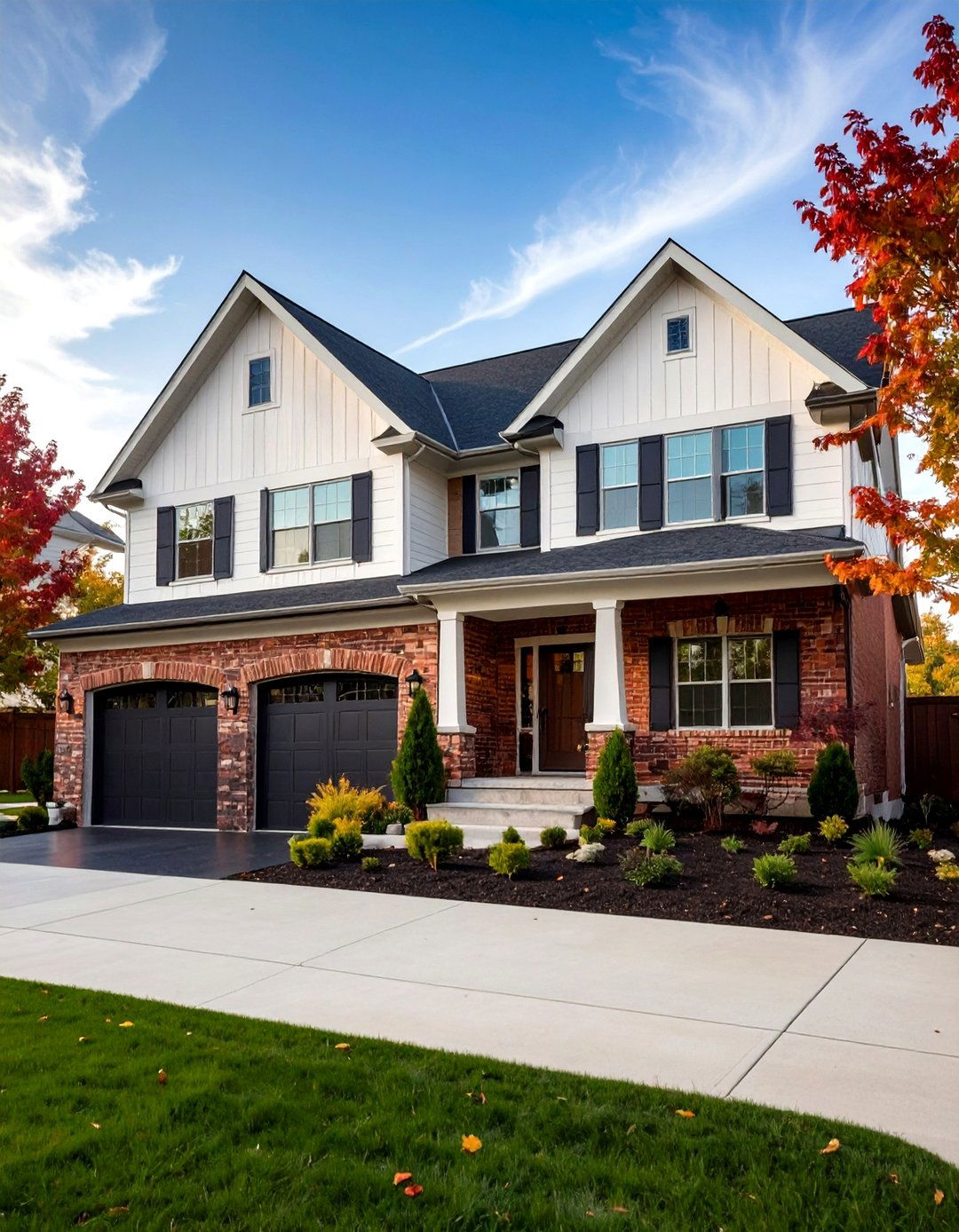
Combining vinyl siding and brick capitalizes on the strengths of both materials. Brick contributes unmatched durability, fire resistance, and a timeless aesthetic, while vinyl siding adds flexibility in color, texture, and installation ease. Together, they deliver enhanced weather protection, as brick handles thermal mass and vinyl provides a moisture-resistant barrier. This duo also supports energy efficiency: brick’s insulation properties paired with insulated vinyl help regulate indoor temperatures, reducing energy bills. Finally, the combined cost remains moderate compared to full brick or premium cladding options, making it an attractive choice for budget-conscious homeowners seeking quality and style.
2. Understanding Material Properties
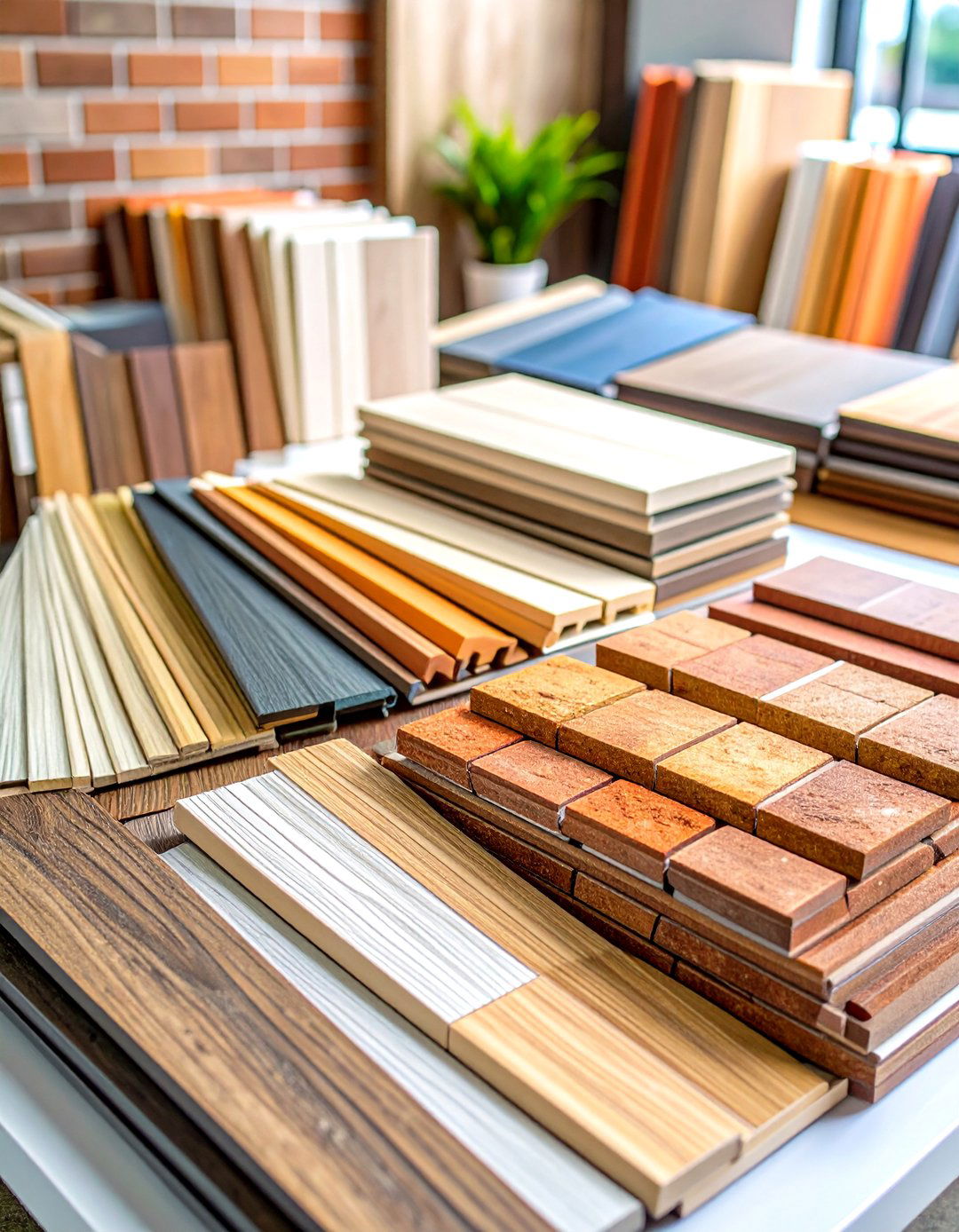
Before selecting a combination, it’s essential to understand each material’s attributes. Brick veneer offers low maintenance, high compressive strength, and excellent thermal mass, which moderates temperature swings. Vinyl siding is lightweight, available in numerous colors, and resists fading, rot, and pests—especially when made from UV-stabilized polymers. However, darker vinyl can warp in intense heat, so lighter hues are advisable in warm climates. Proper installation is critical: brick veneer requires weep holes and flashing for moisture control, while vinyl siding demands correct overlap and allowance for thermal expansion. Together, they form a resilient, cohesive envelope when specifications are met.
3. Classic Red Brick with White Vinyl
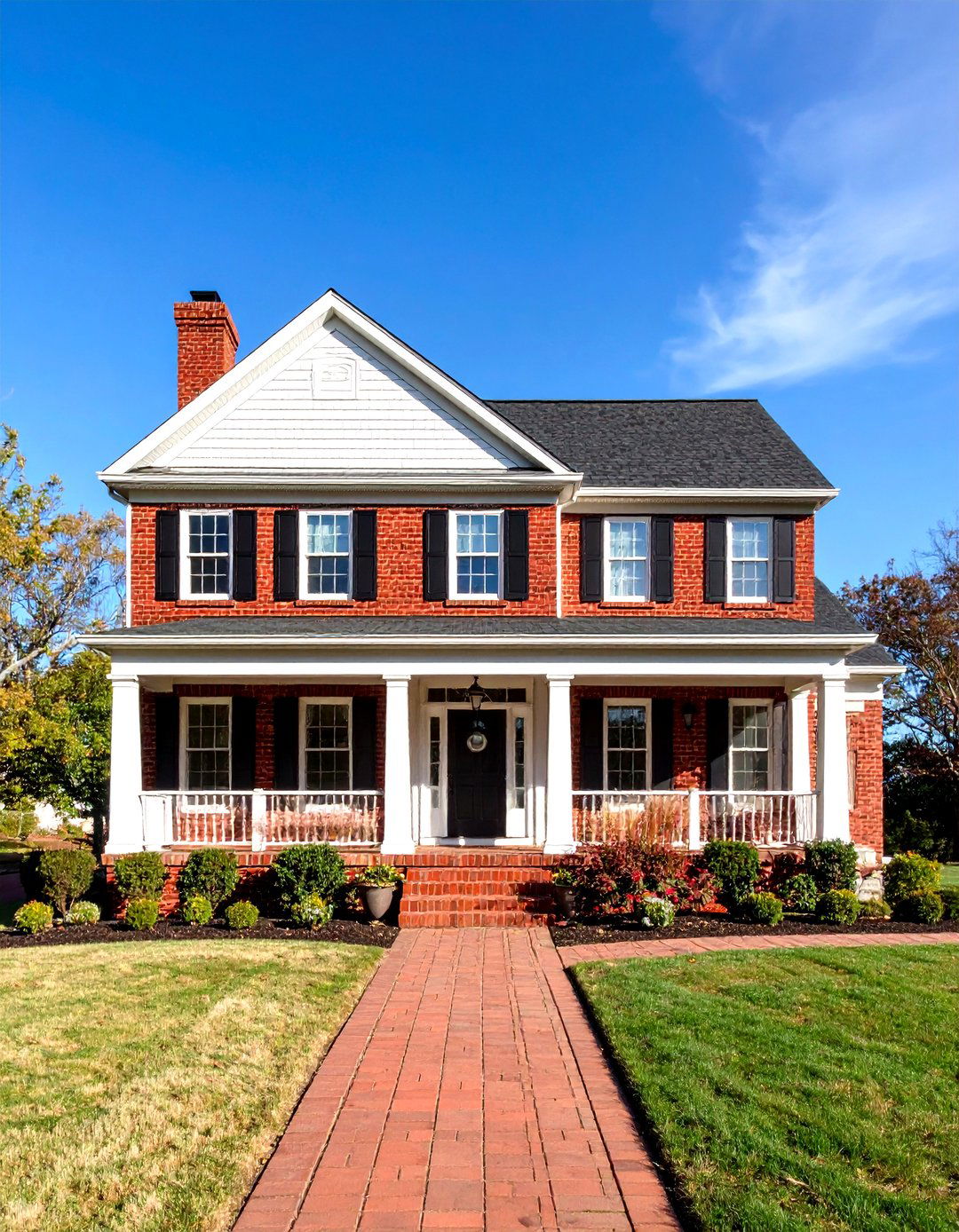
The quintessential red brick façade pairs beautifully with white vinyl siding to achieve an all-American colonial look. White siding brightens the exterior and reflects solar heat, reducing cooling costs, while red brick grounds the design with warmth. Use brick on the lower level or around focal points—like the entryway and chimney—and apply white vinyl on upper gables and dormers. Trim windows and doors in a matching white to maintain cohesion. This timeless combination works equally well on traditional and modern homes, delivering clean lines and balanced contrast that stands the test of time.
4. Brown Brick with Tan Vinyl

For a more understated palette, pair brown brick with tan vinyl siding. Brown brick’s earthy undertones blend seamlessly with beige or sand-colored vinyl to produce a warm, inviting façade. This neutral scheme suits craftsman and ranch-style homes, emphasizing natural materials while remaining low-contrast. Highlight architectural details—such as porch columns or window surrounds—with a slightly darker tan for depth. Incorporate stone-like vinyl accents or wood-toned trim for texture variation. The result is a cohesive, harmonious exterior that feels organic and rooted, ideal for neighborhoods emphasizing traditional or rustic aesthetics.
5. Gray Brick with Charcoal Vinyl
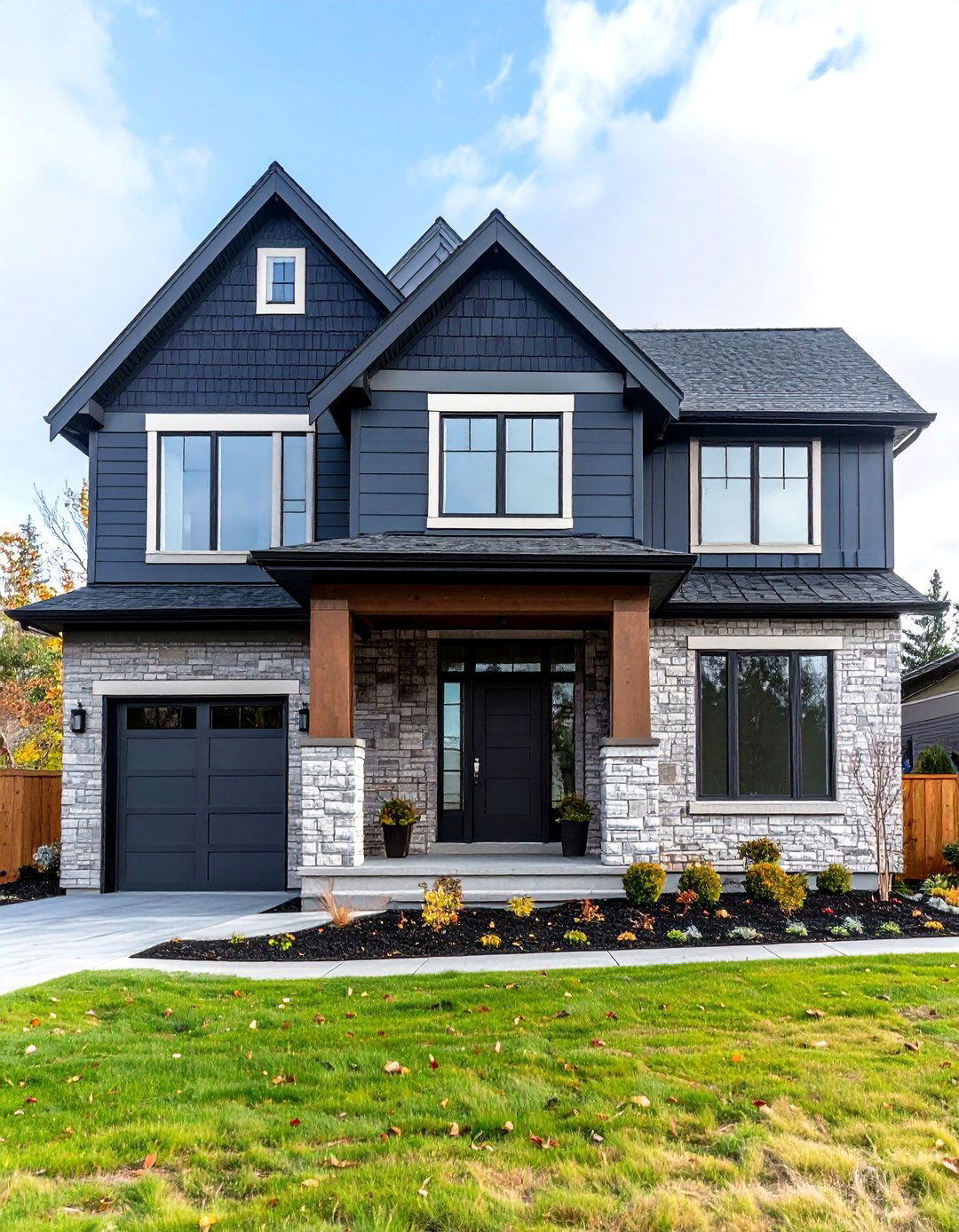
Gray brick combined with charcoal vinyl siding yields a sleek, modern appearance. Light to medium gray brick tones provide a subtle backdrop, while dark charcoal siding adds drama and sophistication. This high-contrast pairing suits contemporary architectural styles, emphasizing sharp lines and minimalist detailing. Apply brick on the main walls and use charcoal vinyl on gable ends, soffits, or accent panels. White or metallic trim around windows and doors can introduce brightness and clean definition. This combination also benefits cooler climates: charcoal siding absorbs heat, aiding in passive solar gain during colder months.
6. Whitewashed Brick with Pastel Vinyl
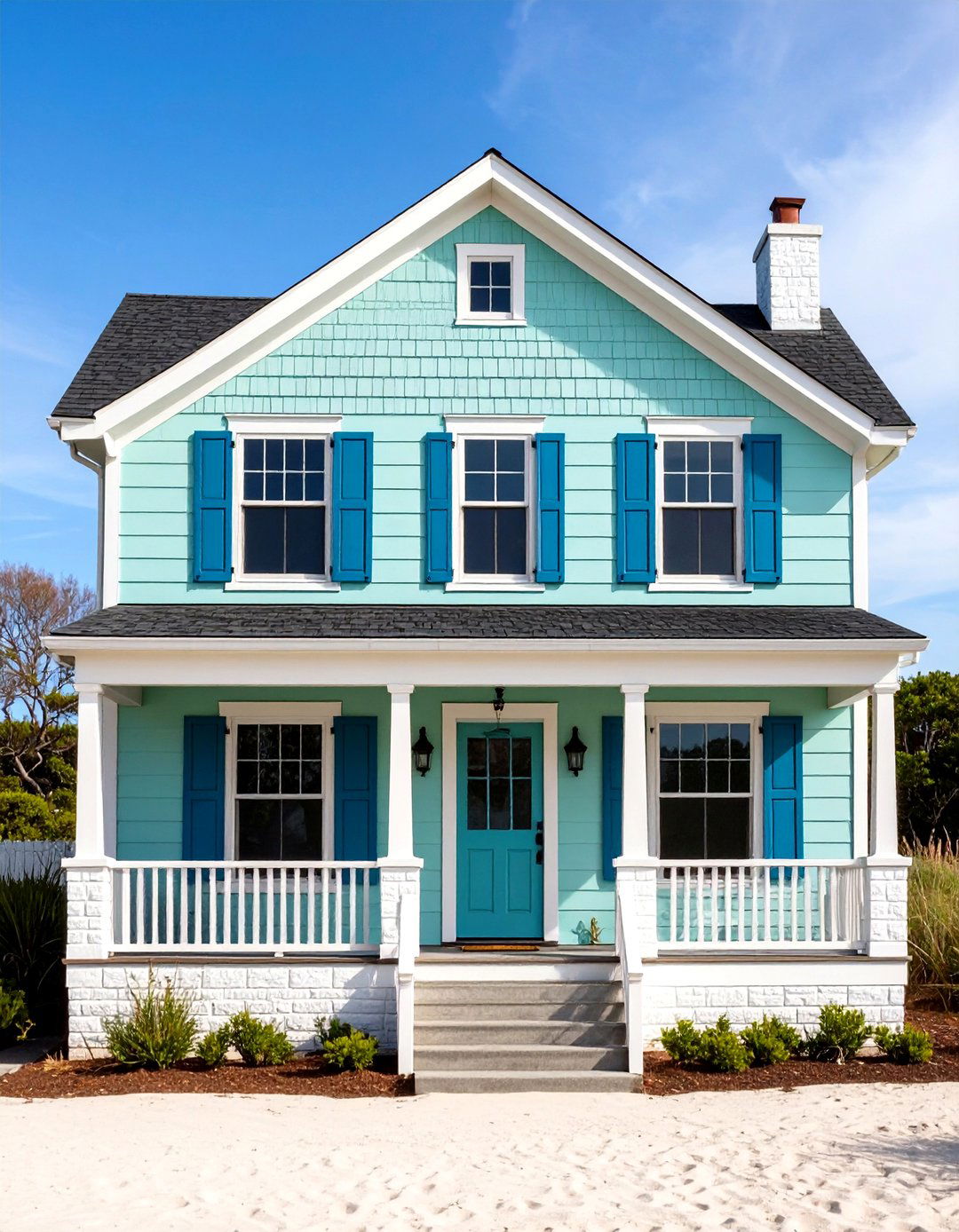
Whitewashing brick transforms its texture into a softer, coastal-inspired canvas, perfect for pairing with light pastel vinyl siding. Choose subdued mint green, powder blue, or blush vinyl to evoke a beach cottage vibe. The whitewash maintains brick’s texture while reducing its visual weight. Apply vinyl on second-story walls or gable fronts, and leave whitewashed brick on the lower level. Accentuate this combination with crisp white trim and nautical-inspired details—like a navy front door or rope-style lighting fixtures—to complete the seaside aesthetic. This design works well in coastal or lakefront regions, blending seamlessly with natural surroundings.
7. Monochromatic Neutrals: Beige Brick and Khaki Vinyl
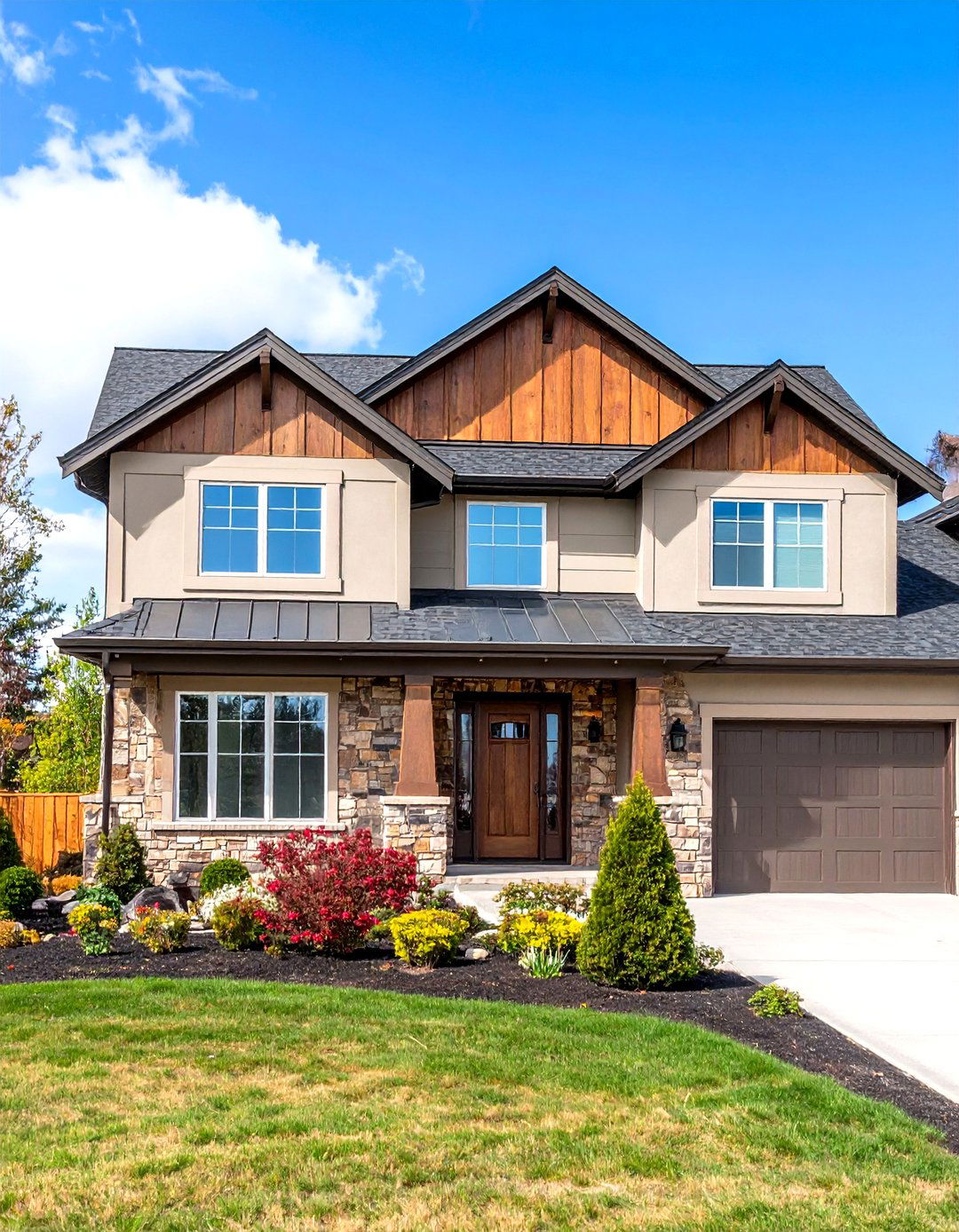
A monochromatic neutral palette provides subtle elegance. Pair beige brick—often with slight variegation—with khaki or taupe vinyl siding for a soothing, unified façade. This low-contrast scheme highlights architectural form rather than color. Employ brick on prominent lower walls and use vinyl on upper gables, under-eaves, and dormers. To avoid monotony, vary textures by choosing vinyl with a wood-grain finish or board-and-batten profile. White trim and dark bronze hardware introduce dimension without breaking the neutral flow. This combination is ideal for homeowners seeking a refined, understated aesthetic that complements natural landscapes.
8. Contrasting Bold Colors: Navy Vinyl and Red Brick
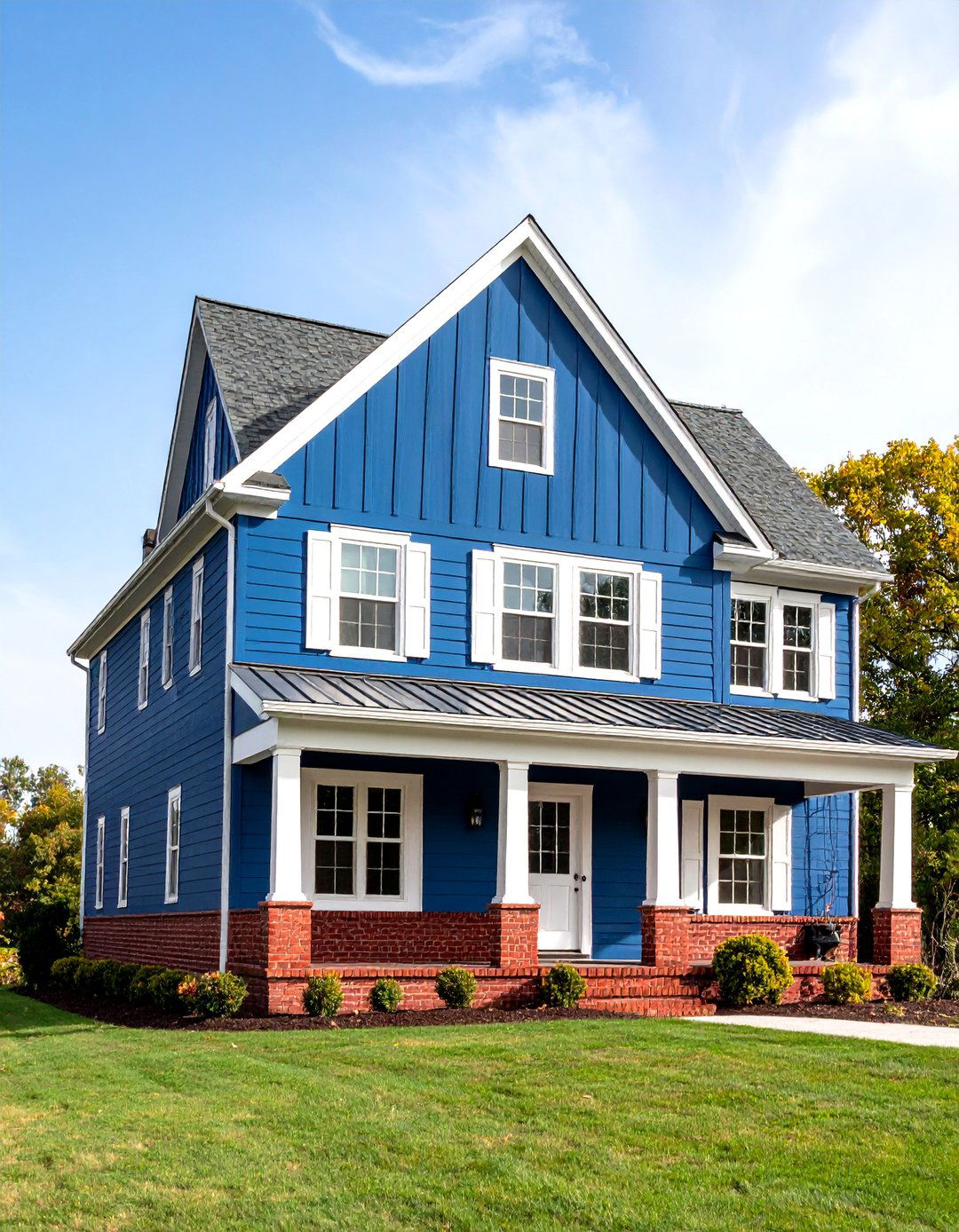
For a statement exterior, contrast traditional red brick with navy blue vinyl siding. This bold color pairing exudes confidence and modern flair. Red brick grounds the lower façade, while navy siding on gables and window surrounds provides striking contrast. Incorporate white trim to delineate transitions and prevent the design from feeling heavy. Consider a matte finish on the navy vinyl to minimize glare and enhance sophistication. This dynamic duo suits modern farmhouse and contemporary homes, capturing attention without overwhelming. It also works regionally: navy reflects less heat than black, making it suitable for temperate climates.
9. Earthy Tones: Olive Vinyl with Brown Brick
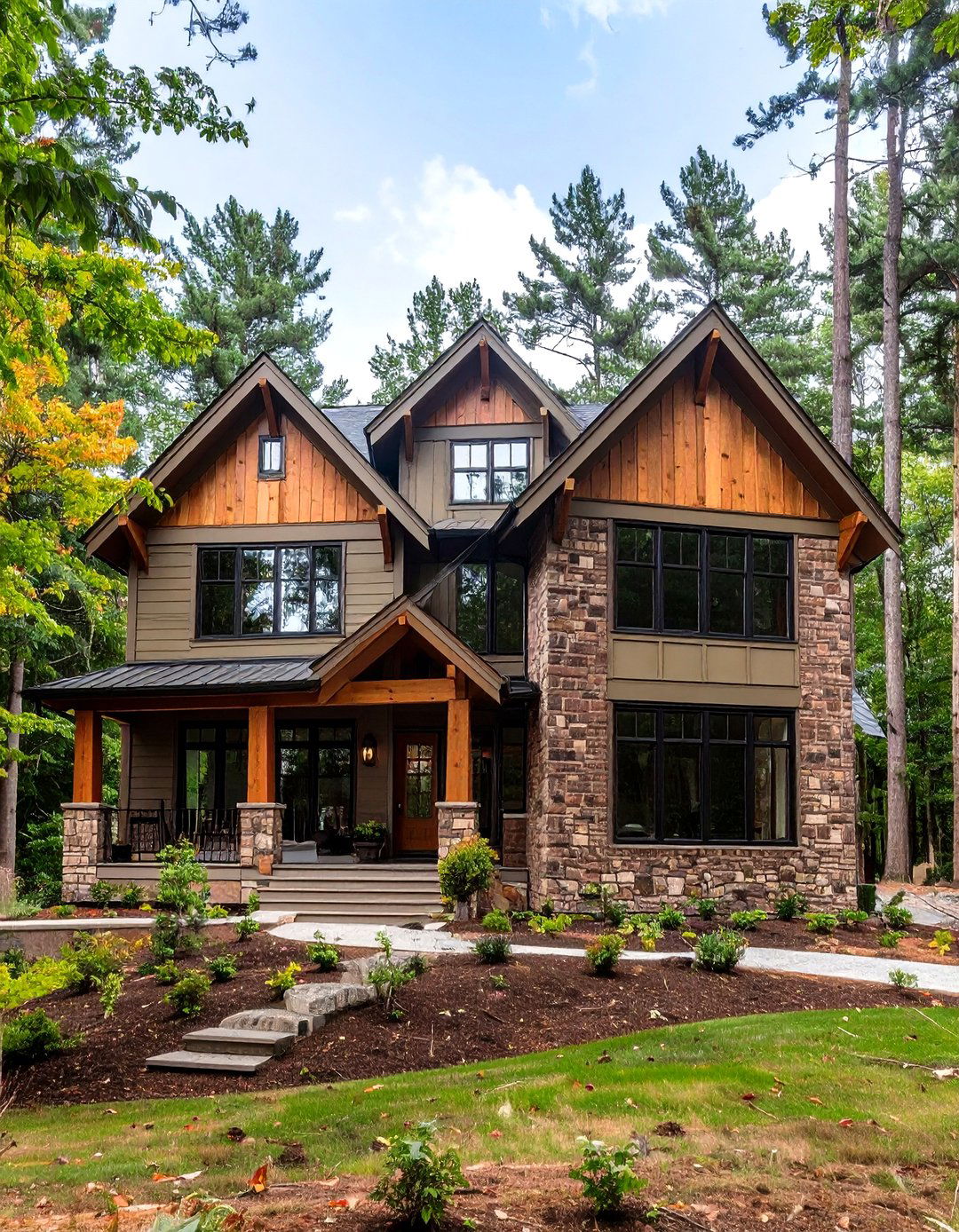
Earth-inspired combinations, like olive green vinyl paired with brown brick, evoke a natural, woodland aesthetic. Brown brick introduces warmth, while olive siding channels verdant hues—perfect for homes nestled in forested or rural settings. Apply brick on the main level and olive vinyl on upper story walls or gable triangles. Accentuate with wood trim and a natural-stained front door to reinforce the organic theme. This palette blends seamlessly with surrounding trees and landscaping, creating an integrated, earthy exterior. The olive- and brown-toned scheme also fares well against dirt and dust, reducing visible wear over time.
10. Two-Tone Siding with Brick Accents
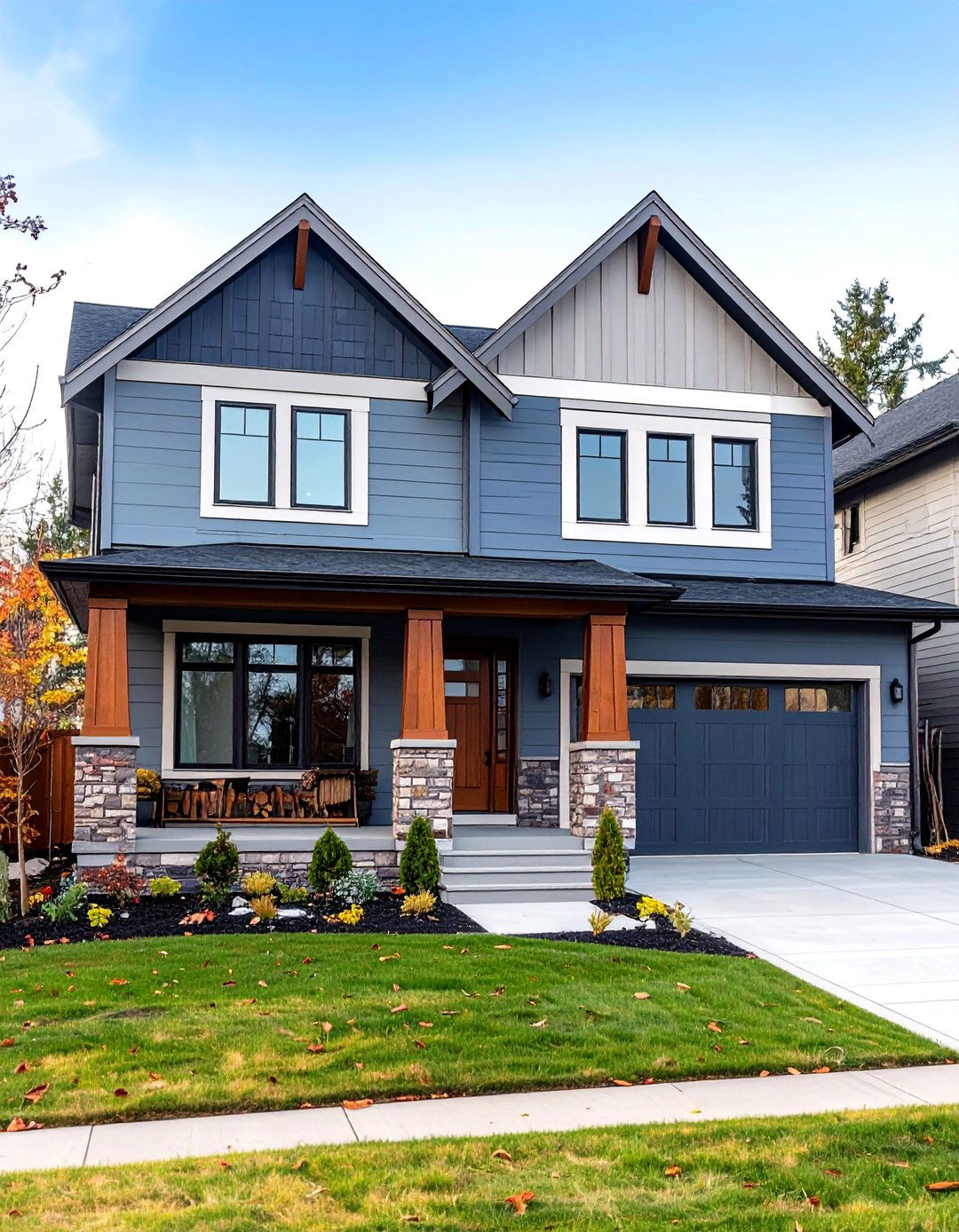
Two-tone vinyl siding—combining two complementary siding colors—paired with brick accents adds visual complexity. For example, use light gray siding on the main walls, a darker slate vinyl on secondary gables, and red brick as a base or around entry points. This layering draws the eye upward and highlights architectural features. Maintain cohesiveness by selecting tones within the same color family. Brick accents, such as a porch façade or chimney stack, tie the two siding hues together. This approach suits both modern and traditional homes, offering depth through variation while keeping brick as an anchoring element.
11. Stone-Look Vinyl with Brick

Faux-stone vinyl panels paired with brick veneer create a premium, textured exterior without the high cost of real stone. Choose stone-look vinyl in neutral shades—like greys or creams—and combine it with brick in contrasting warm tones or matching cool hues. Apply stone-look panels on lower walls or porch bases, and brick on columns, chimneys, or around windows. The interplay of textures enhances visual interest. This combination offers the rustic charm of stone and brick while being lightweight and easier to install, making it suitable for budget-conscious remodels seeking a high-end appearance.
12. Vertical Vinyl Panels and Brick Base

Vertical vinyl siding panels deliver a modern, streamlined look, especially when juxtaposed with a horizontal brick base. Install brick veneer on the first floor and vertical board-style vinyl on upper levels. This contrast emphasizes height and architectural lines. Narrow panel profiles in the vinyl draw the eye upward, while the brick base adds stability and warmth. Accent transitions with a metal or wood bandcourse at the brick-to-vinyl junction. This combination works well on split-level and contemporary homes, offering a fresh update to standard horizontal siding installations.
13. Board-and-Batten Vinyl and Brick Combination
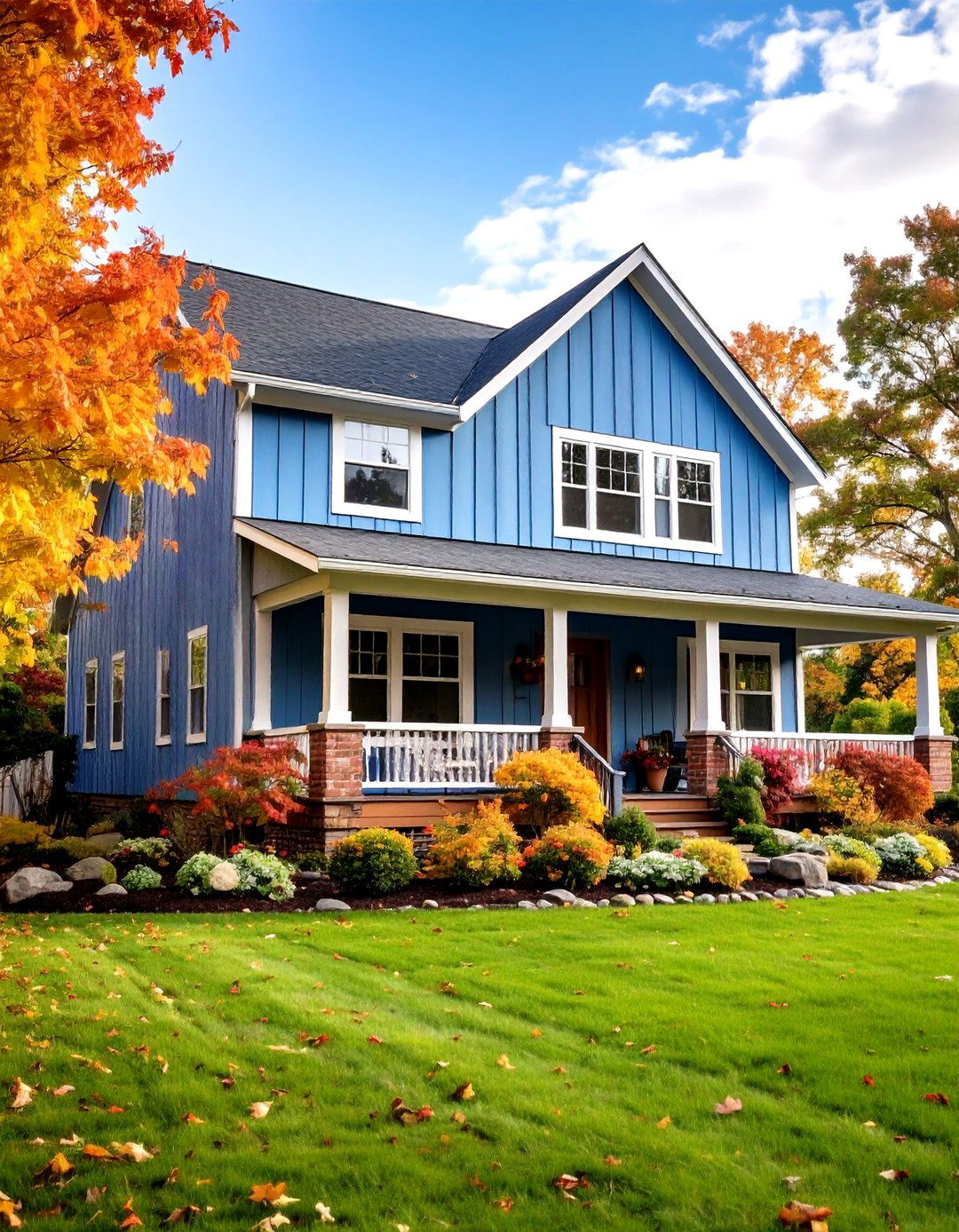
Board-and-batten vinyl siding mimics traditional wood board patterns with battens covering seams, bringing rustic charm. Pair this with brick veneer to balance texture. Use brick on the lower façade for grounding, and board-and-batten vinyl on upper gables. The vertical battens contrast with the brick’s horizontal coursing, creating dynamic visual interest. White or soft gray battens over a darker field can tie into lighter brick tones. This blend suits farmhouse and cottage-style homes, providing architectural depth while retaining low maintenance and modern material benefits.
14. Half-Brick with Clapboard Vinyl
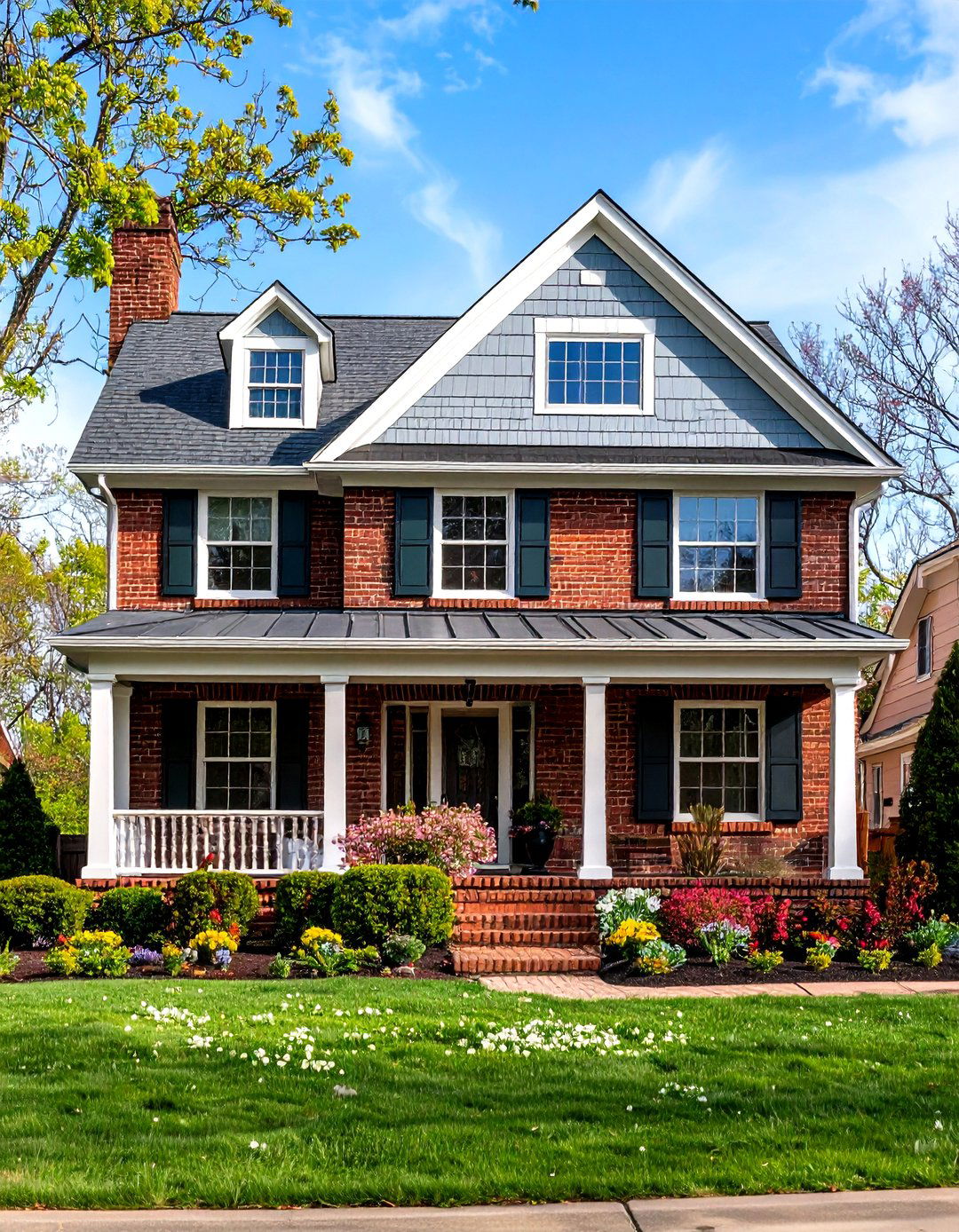
The half-brick approach—using brick on the bottom half of walls and clapboard-style vinyl on the top—creates a classic, balanced look. Brick anchors the structure, while clapboard’s horizontal lines lighten the upper façade. Choose complementary colors: red or brown brick with cream, light gray, or soft blue clapboard vinyl. Highlight the transition with a decorative belt course or wood trim. This method works exceptionally well in colonial and Cape Cod homes, offering a nod to historical aesthetics with modern, durable materials.
15. Brick Infill Between Vinyl Shingle Panels
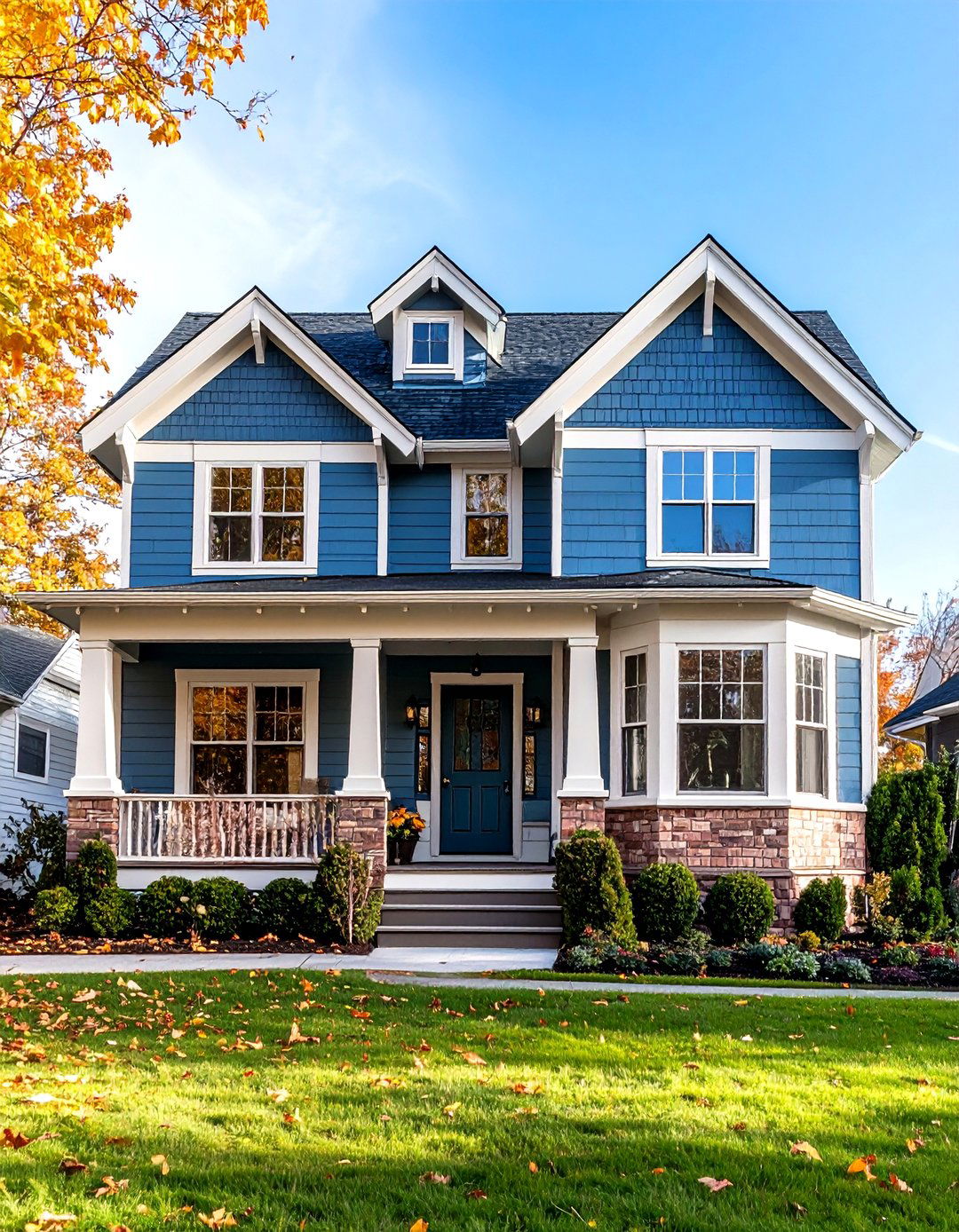
Integrate brick insets between vinyl shingle panels for textured articulation. Apply brick veneer in recessed areas—such as bay windows, porch niches, or chimney surroundings—while covering large wall expanses with vinyl shingle siding. This alternating pattern balances rough and smooth textures. Pick shingle shapes (octagonal, staggered edges) in muted colors that complement brick hues. The result is a visually rich façade that highlights architectural details. Ideal for Victorian-inspired or eclectic homes, this combination blends old-world charm with contemporary materials.
16. Painted Brick and Complementary Vinyl
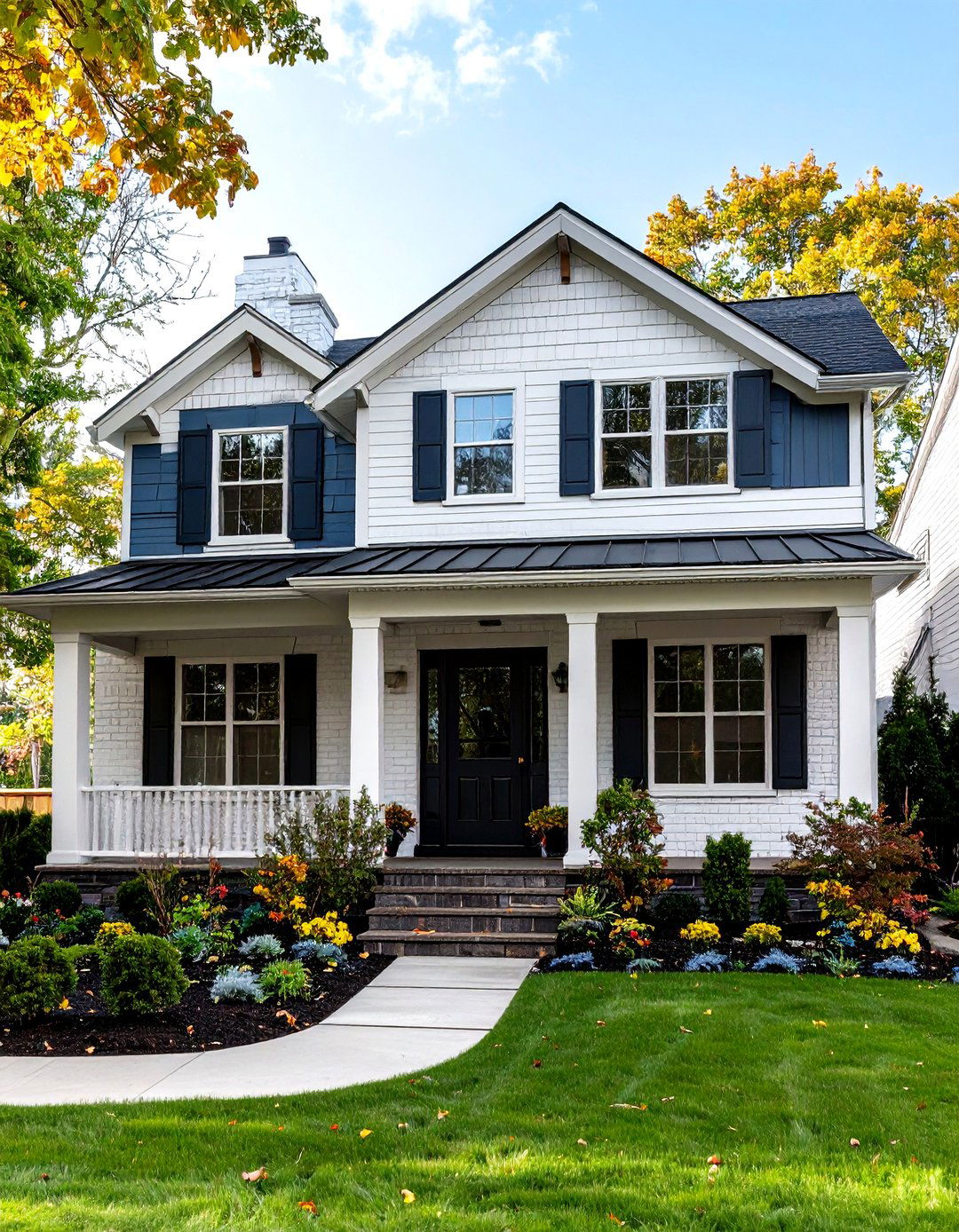
Painting brick allows for greater design freedom. Consider painting existing brick white or light gray, then pairing it with vinyl siding in a complementary darker shade—such as charcoal or navy. Painted brick reveals mortar lines subtly, maintaining texture. Use vinyl on gables and upper stories, and apply painted brick on foundation walls and columns. This approach suits renovation projects where brick color doesn’t match desired palette. Ensure paint is breathable to allow moisture escape and prevent damage. The painted brick/vinyl duo offers a fresh modern look while reusing existing masonry.
17. Dark Brick with Light Vinyl Trim
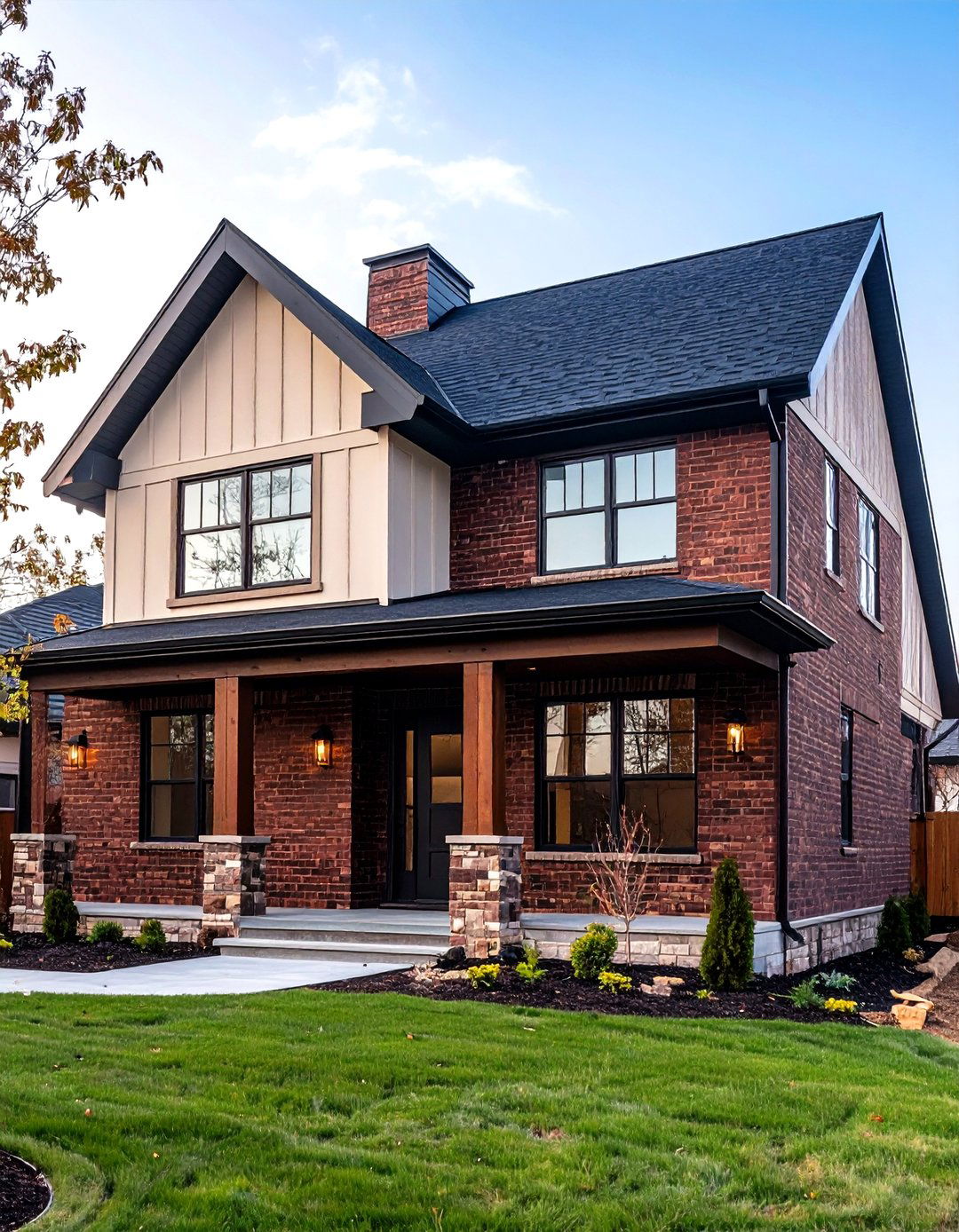
For a reverse contrast, use dark brick—such as deep brown or slate—and light-colored vinyl siding trim. Apply dark brick veneer on the primary walls and introduce light vinyl panels in inset gables, soffits, or under-eaves. The light vinyl acts as trim, framing windows and rooflines against the dark brick backdrop. This interplay of dark and light creates drama and highlights architectural lines. It’s especially effective on modern or industrial-style homes, providing a sleek, high-end appearance with minimal color palette.
18. Transitional Styles: Modern Meets Traditional
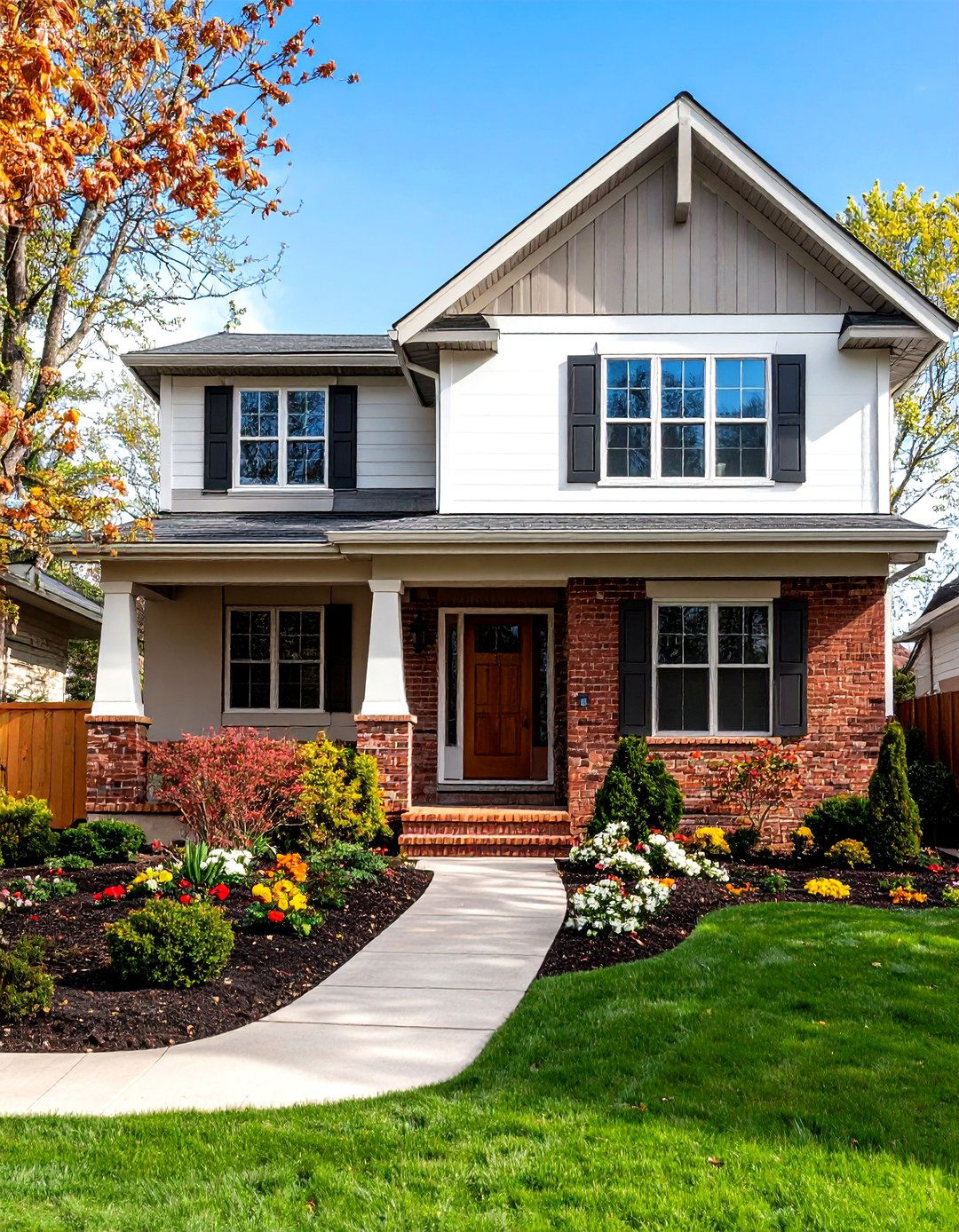
Transitional design blends modern simplicity with traditional materials. Combine clean-lined vinyl panels—either horizontal or vertical—with classic brick veneer. Opt for neutral color schemes: greys, whites, and taupes. Use brick around entryways or as a focal wall, and cover larger expanses with smooth vinyl. Trim elements in contrasting colors or materials (such as metal or wood) bridge the two styles. This approach honors historical architecture while embracing contemporary minimalism. It’s perfect for homeowners seeking a balanced aesthetic that feels both current and timeless.
19. Regional Considerations and Climate Adaptations
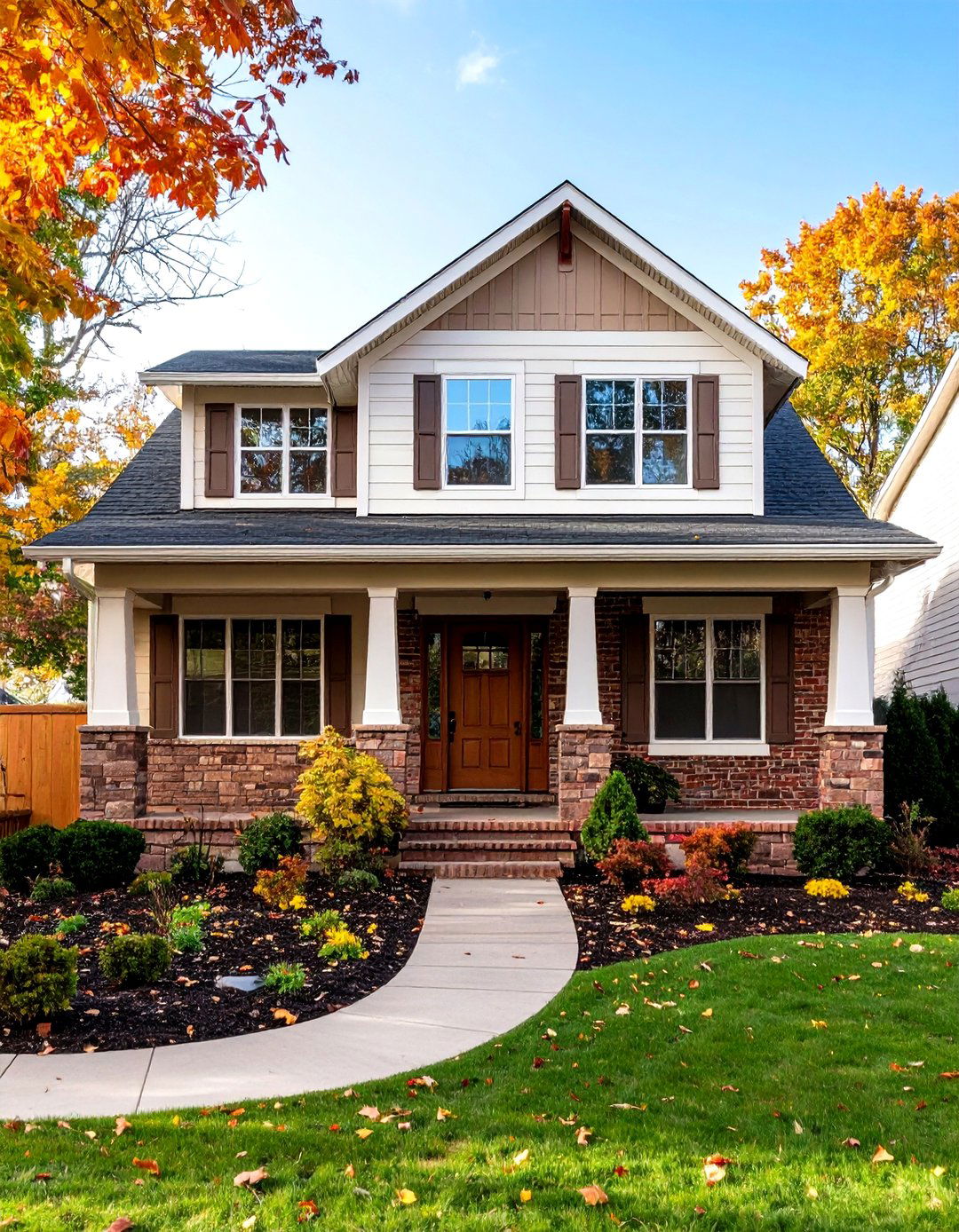
Climate plays a key role in material choice. In hot regions, select lighter vinyl siding colors to reflect sunlight and reduce heat absorption. Combine these with brick types that have lower thermal mass to avoid overheating. In colder climates, darker siding can aid passive solar gain; pair with brick that retains warmth. High-humidity areas require vinyl and brick with proper moisture management—ensure adequate flashing, mortar joints, and vinyl ventilation. Coastal locales benefit from corrosion-resistant trims and UV-stabilized vinyl. Tailoring combinations to regional conditions enhances performance and extends the lifespan of your exterior.
20. Maintenance and Longevity
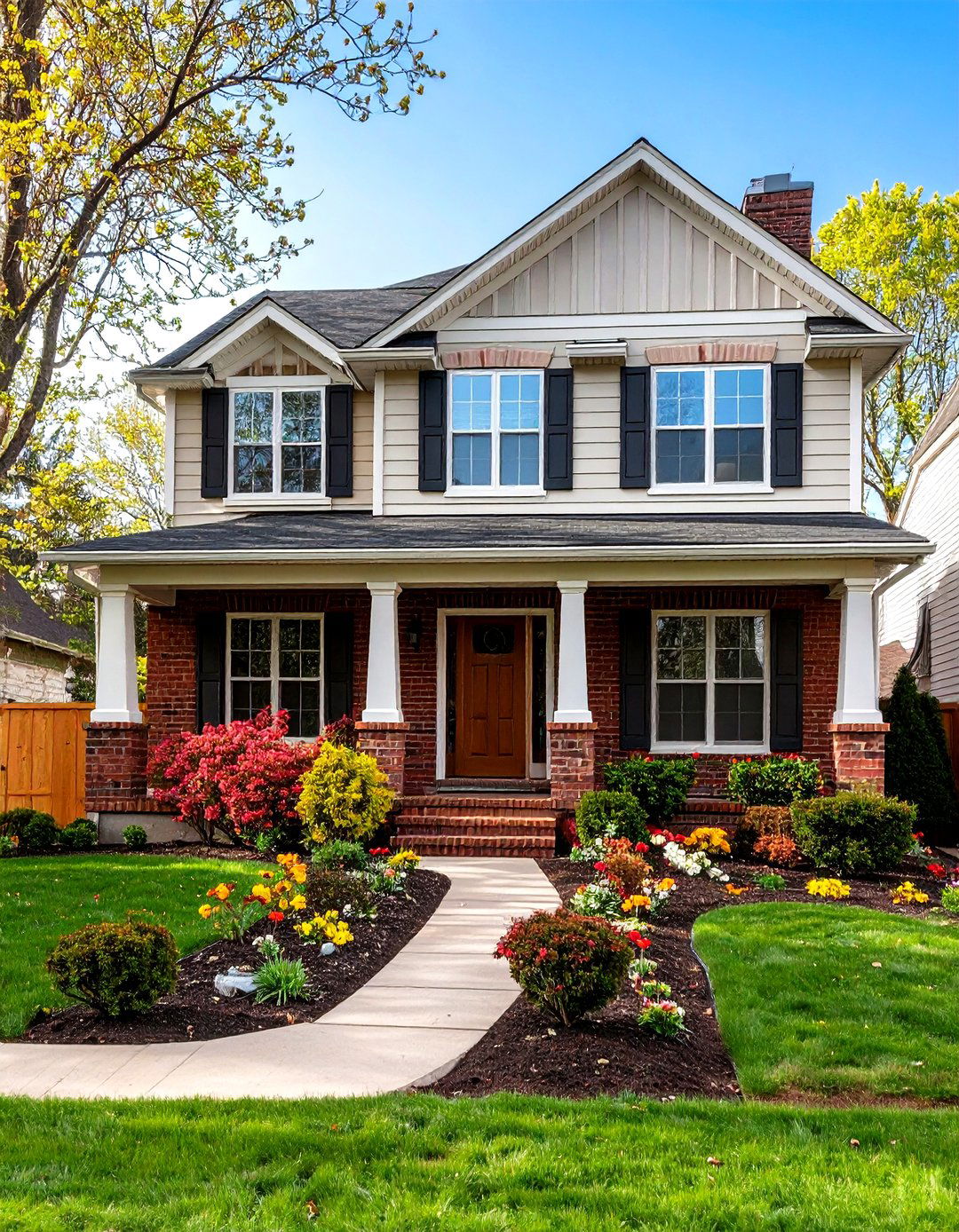
Both vinyl siding and brick require minimal upkeep, but combining them necessitates joint care. Inspect mortar joints annually and repoint as needed to prevent moisture ingress. Clean vinyl siding with a mild detergent solution to remove dirt and mildew. Avoid using harsh chemicals on painted brick. Ensure flashing and caulking at material transitions remain intact to prevent water damage. Address any vinyl warping or brick cracking promptly. With proper maintenance, a vinyl-and-brick exterior can last 50 years or more, preserving aesthetics and performance.
Conclusion:
Blending vinyl siding with brick offers endless design possibilities, combining cost-effectiveness, durability, and curb appeal. From classic red brick and white siding to bold modern contrasts and nuanced earth tones, each of the 20 combinations explored demonstrates how strategic color pairing, texture balance, and material placement can transform a home’s exterior. By considering architectural style, regional climate, and maintenance requirements, you can select a combination that not only enhances aesthetic appeal but also ensures long-term performance. Whether renovating an existing façade or building anew, these vinyl siding and brick pairings provide inspiration for creating a distinctive and enduring home exterior.


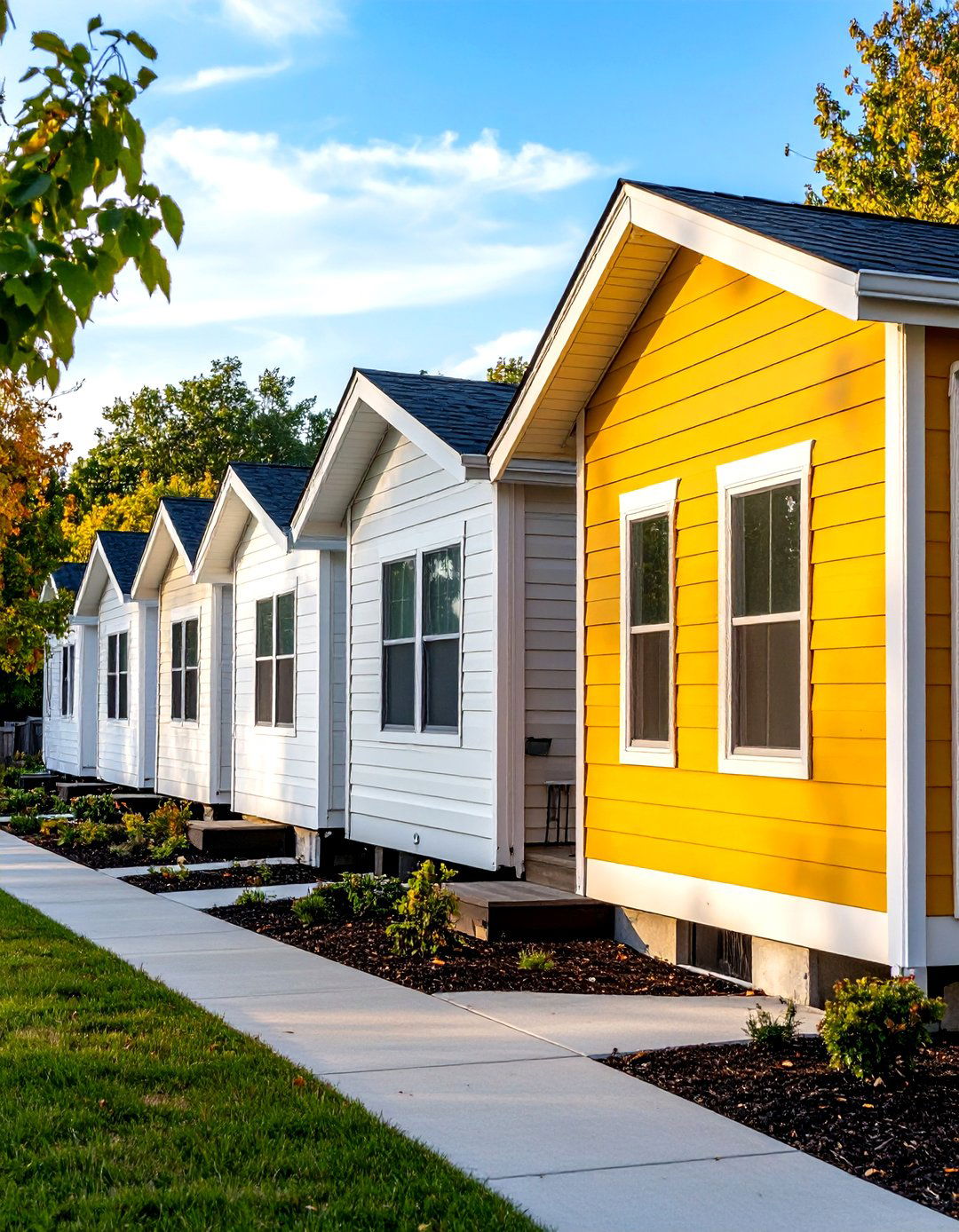

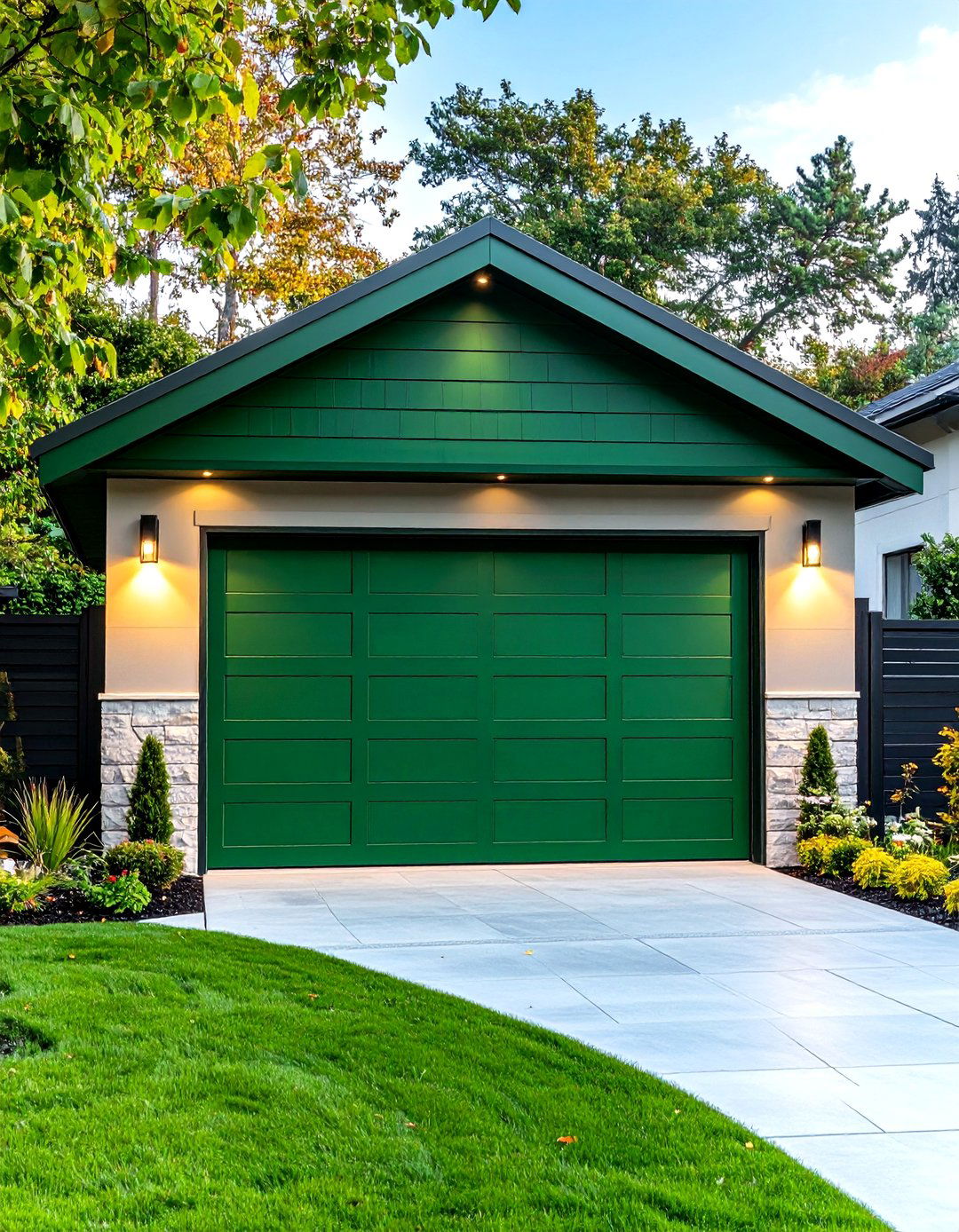

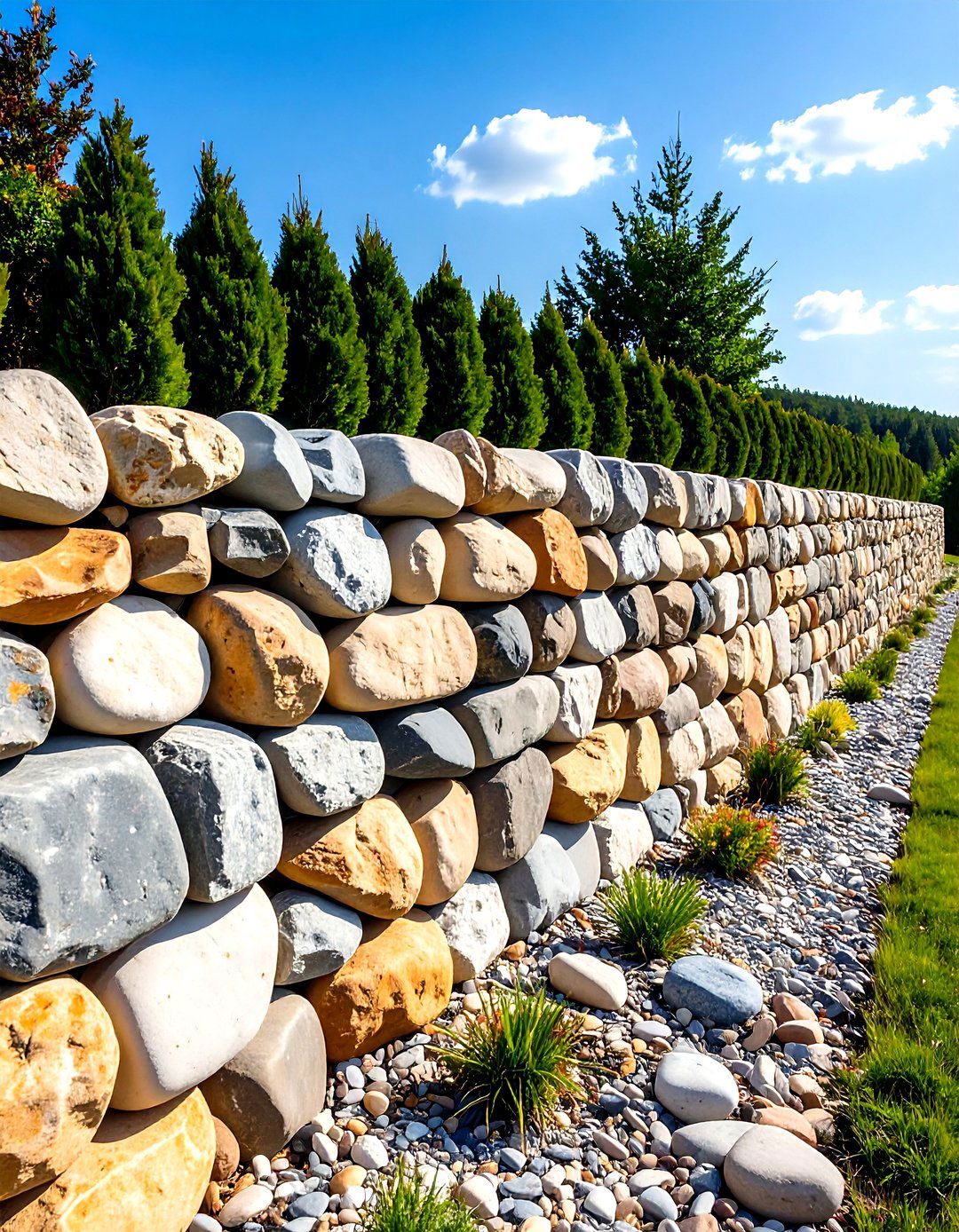
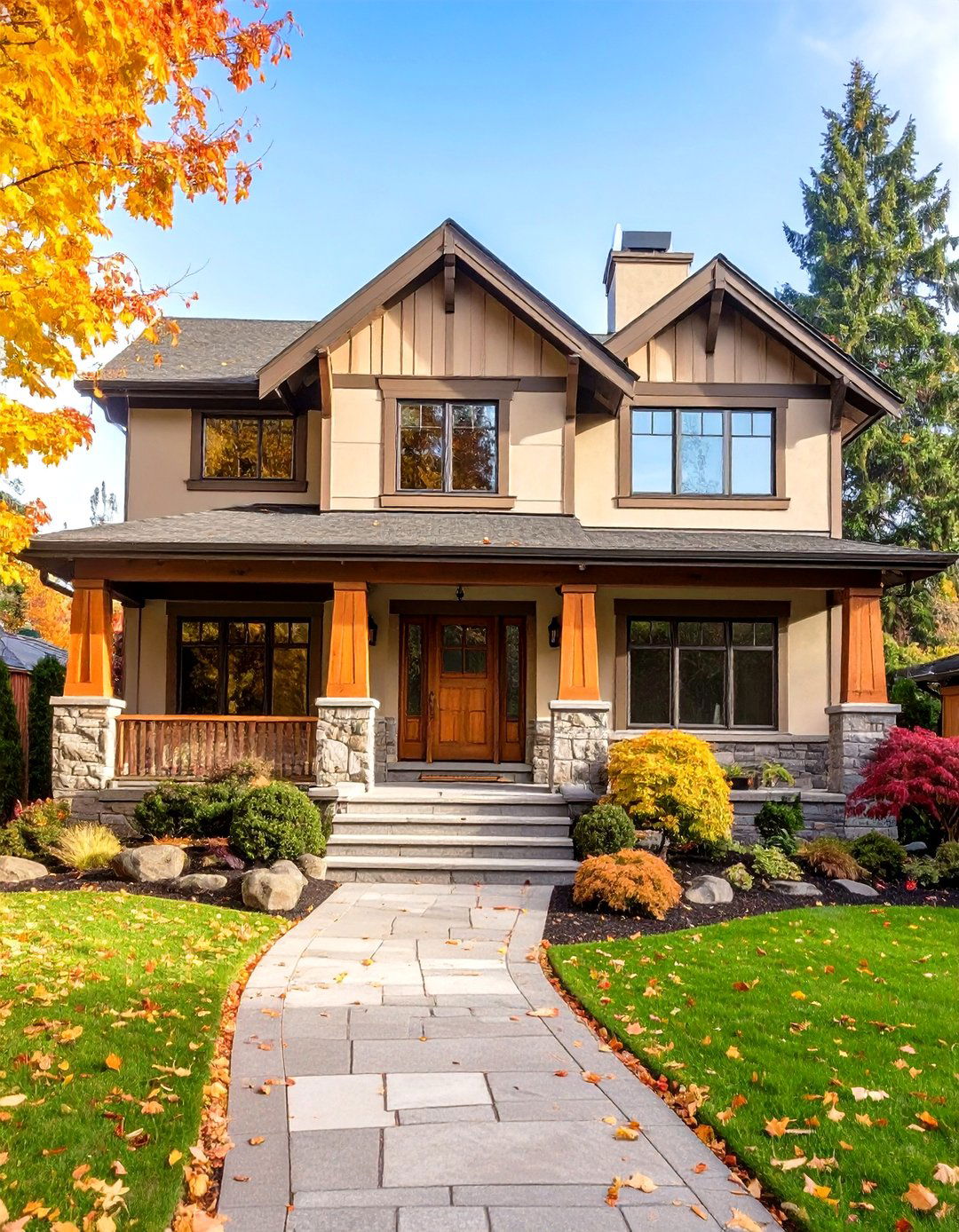
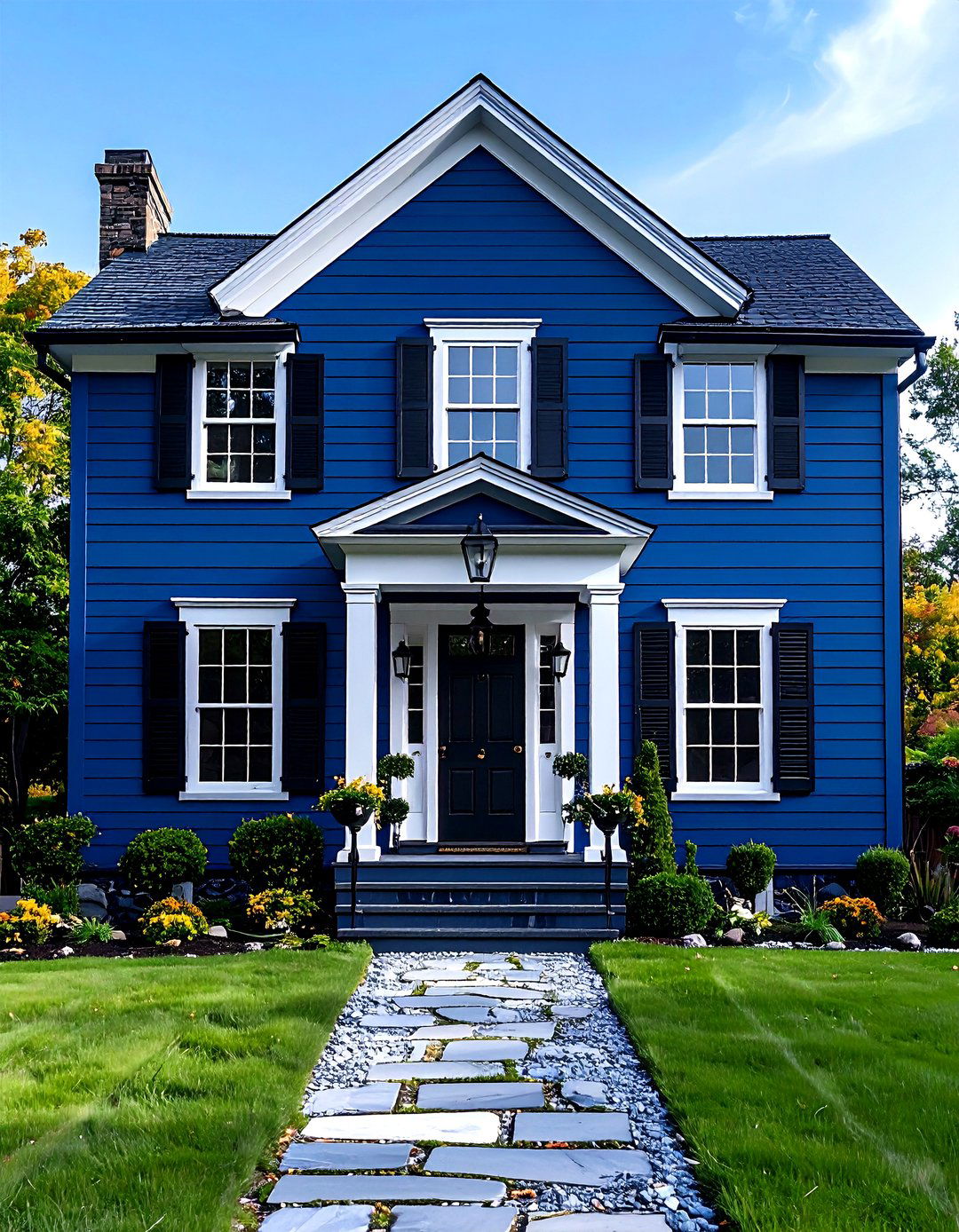
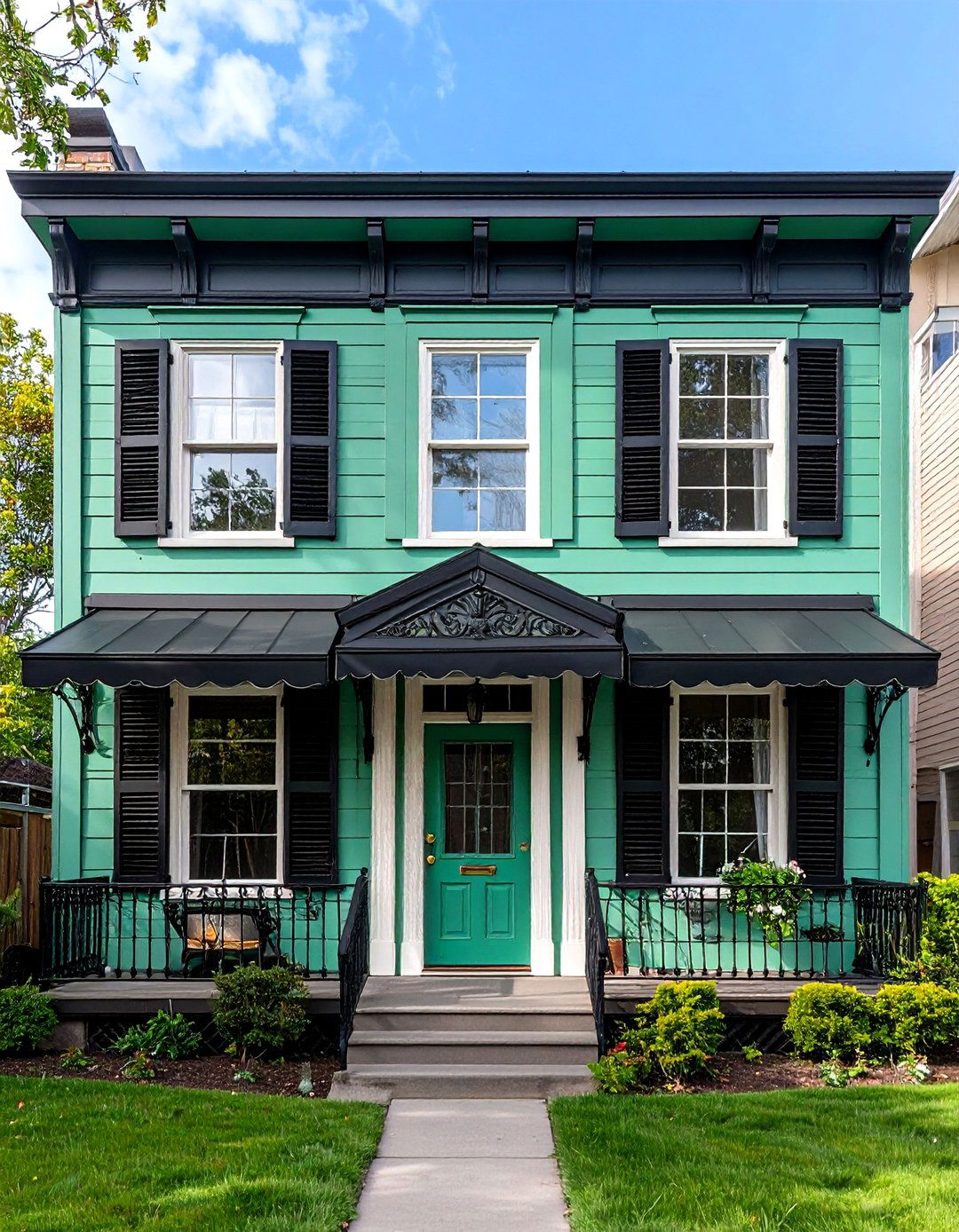



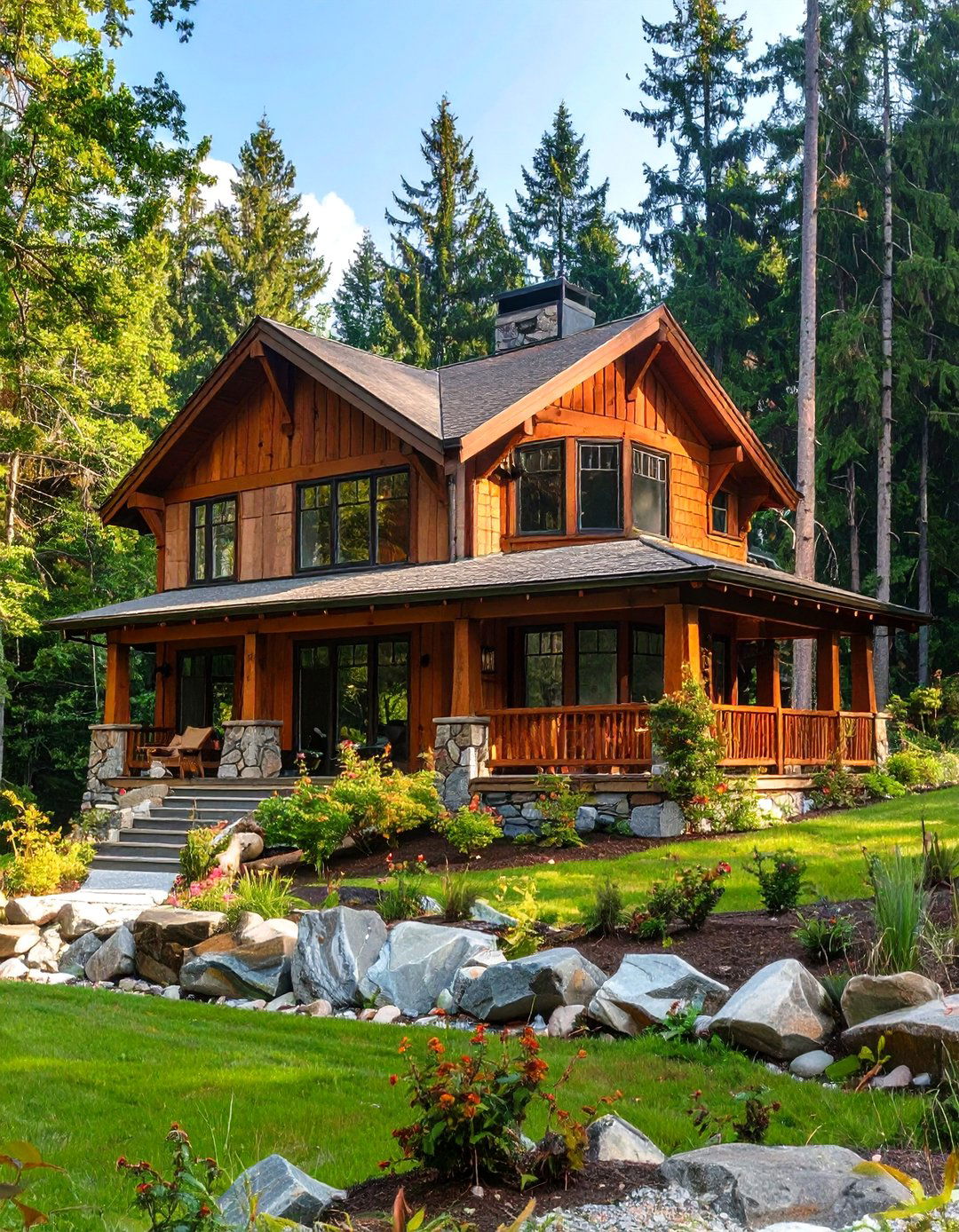
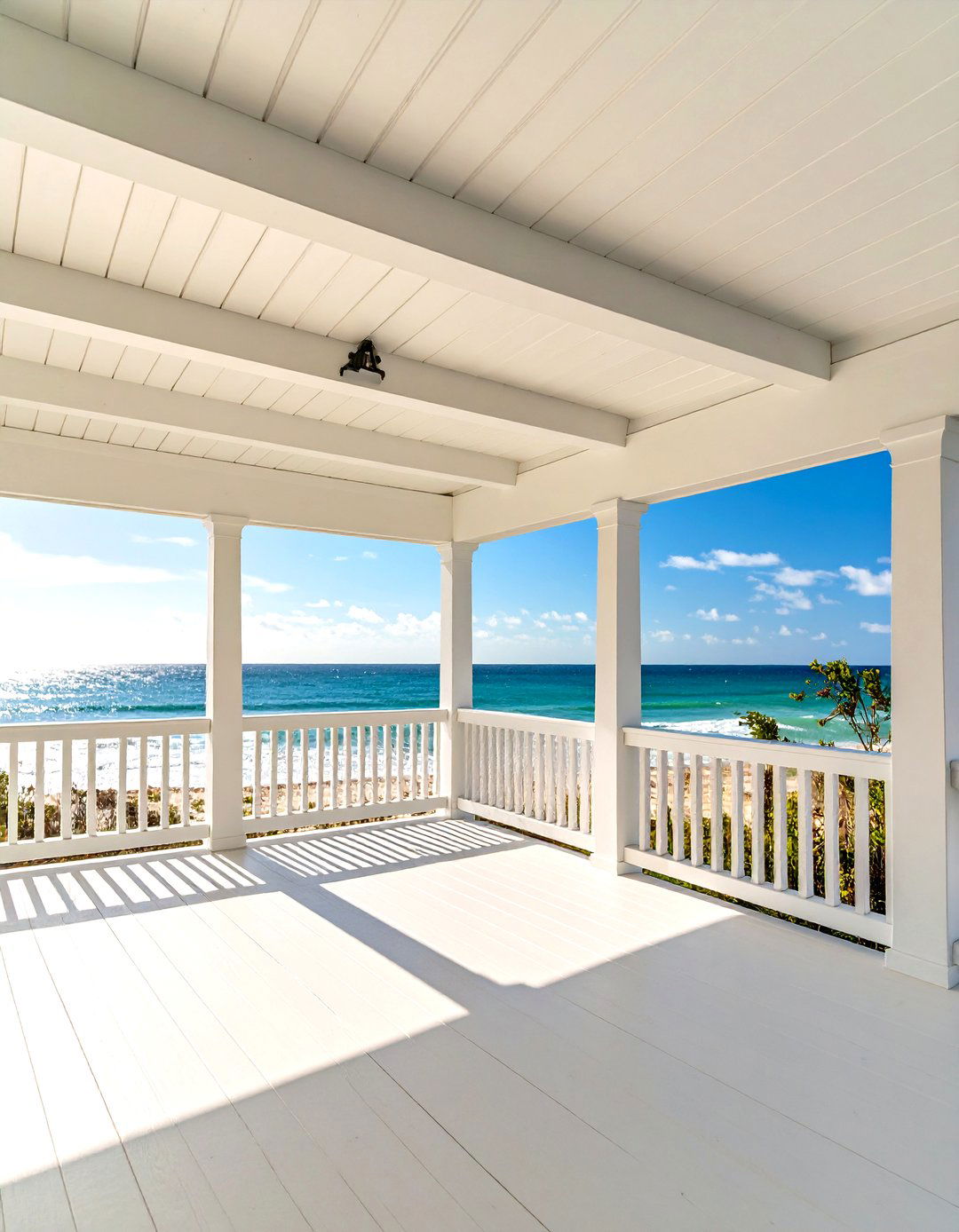
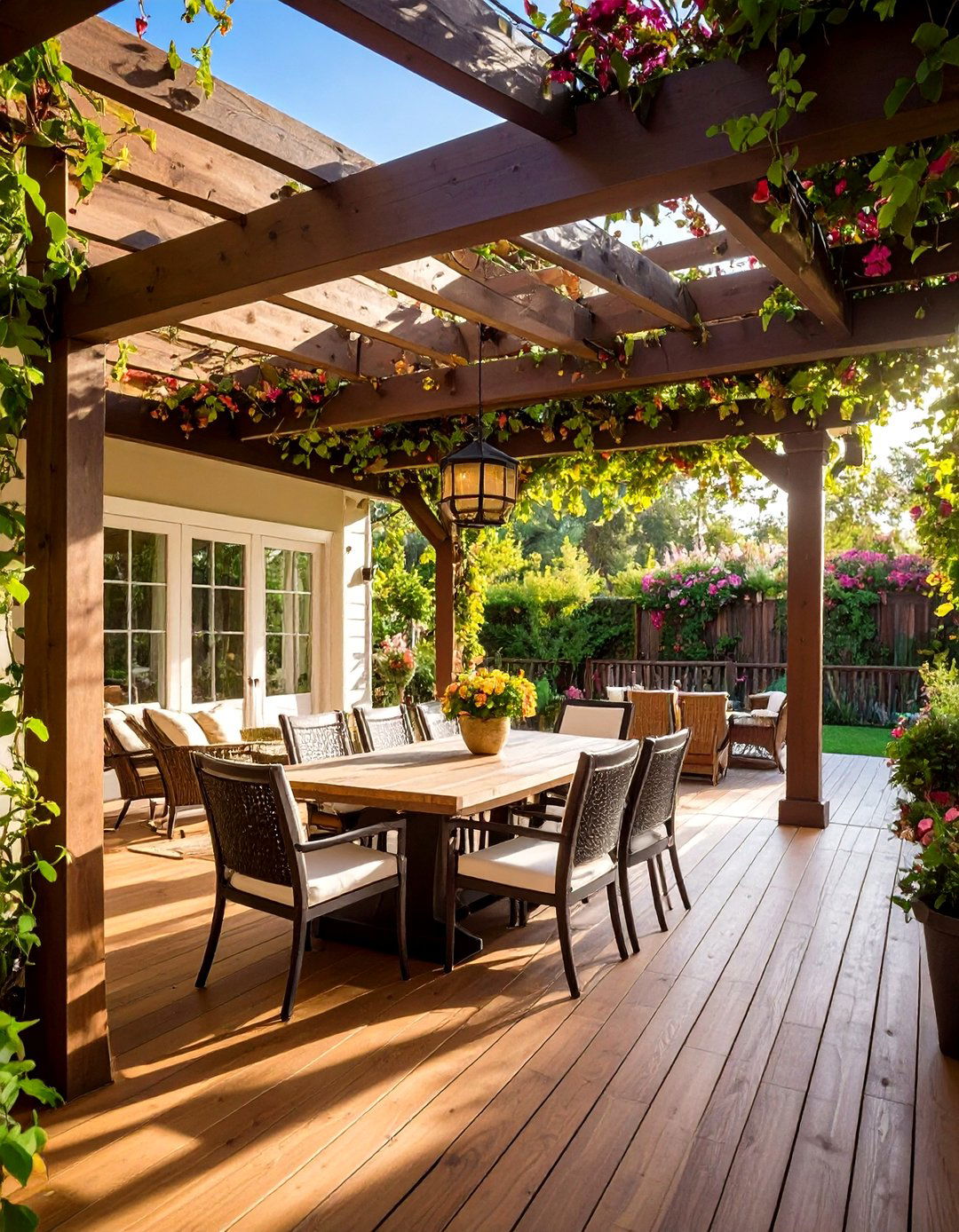

Leave a Reply